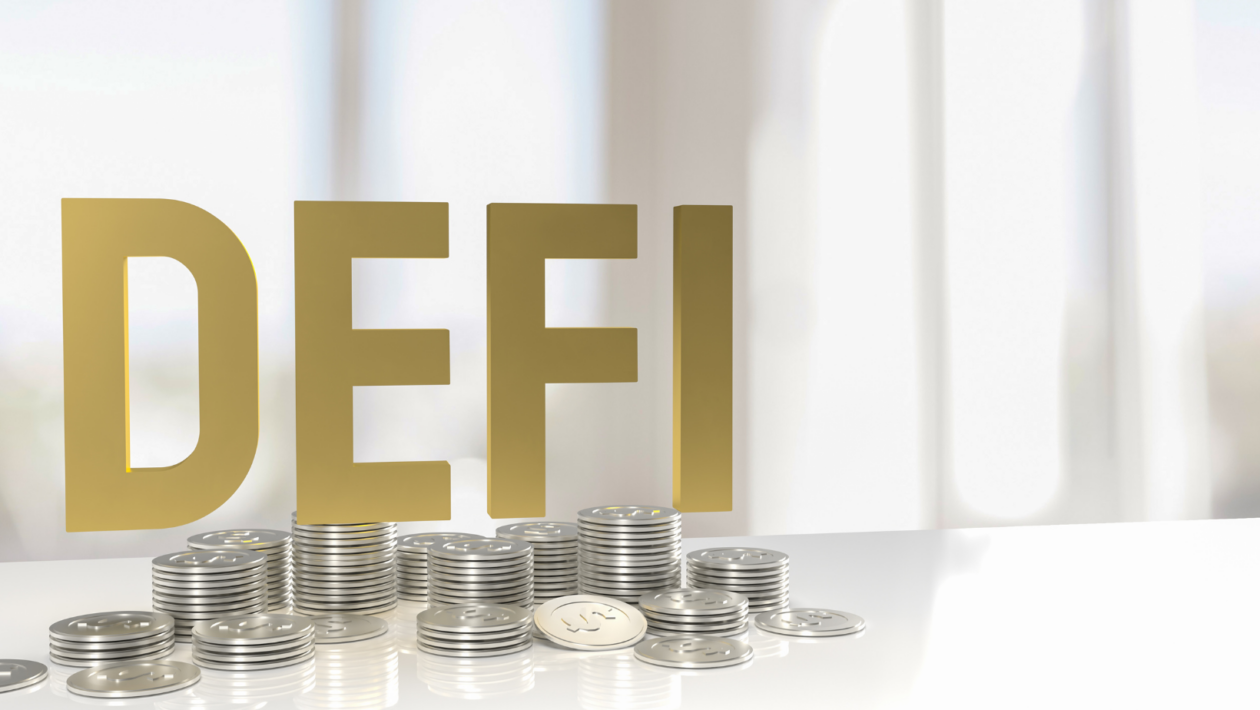Even before the global pandemic, governments worldwide faced a shortfall in available funds for infrastructure development. Now two years later, the global economy has slowed and further strained the public purse. National budgets have been redirected towars bailout and stimulus packages to help companies survive. The International Monetary Fund estimates that the Covid-19 pandemic will cost the global economy a staggering US$12.5 trillion through 2024. Governments globally are in a crisis mode and are actively looking for solutions to stimulate the economy, create new jobs, and reduce unemployment spiking up due to the pandemic.
Infrastructure development can be a significant driver of job creation and future productivity, and it is one tool used for stimulating the economy. Yet without available public funds, the governments cannot procure the necessary infrastructure services. The U.S. government has recognized the shortfall in available public spending for infrastructure and brought out the infamous infrastructure bill. Among other things, this law aims to tax crypto in various ways to make more funds available for infrastructure spending.

Traditionally, when a government faces a shortfall in available funds for infrastructure development, they often turn to a procurement model known as PPP — public-private partnerships. PPP is a funding model where the capital (equity and debt) required to develop an infrastructure project is sourced from the private sector. The debt is repaid to lenders — typically banks — from the cash flows generated from the operations of the infrastructure asset.
This model works particularly well on mega-size projects, ranging from about 100 million to billions of dollars. However, there is a high cost associated with the feasibility studies and the transaction advisory work needed to secure the debt to build the asset. During my time as a transaction advisor in Southeast Asia, some of the toll road projects I worked on took almost four years to go from the concept development, project preparation, the bidding process and the due diligence with banks to reaching financial close and starting construction. The cost of just consulting services routinely ran into the millions.
Given these realities, the PPP model has not lent itself well to smaller projects. But it is often these smaller projects that bring us essential infrastructure such as renewable energy, utilities, property development and public services. They have significantly shorter preparation and construction periods than the megaprojects. Yet banks still apply the same demanding due diligence processes on infrastructure developers, and this makes it challenging to achieve value for money. For this reason, many small-scale projects never materialize beyond a feasibility study.
The emergence of decentralized finance (DeFi) in the last few years brings new hope. In November of 2021, the total value locked liquidity in DeFi reached a staggering US$250 billion. With figures as high as these, DeFi is here to stay and it certainly has the capacity to finance real-world assets. So far, however, DeFi has little to show in terms of doing any real-world good. Over-collateralized loan pools typically seen in DeFi do not help solve challenges such as financial inclusion, affordable public services and environmental sustainability.
It is not surprising, though, that DeFi has not yet made its mark in much of the real world. The field is still in its infancy, and the ease of use remains a challenge for non-crypto folks. Using DeFi carries significant risk for an individual who is unfamiliar with how it works. And even for those who understand the risks, it can still be a tricky affair given the volatility of many tokens. If you borrow tokens from a loan pool, for instance, regular monitoring of the market is needed to ensure that there is always sufficient collateral against the loan. Failure can result in the loan pool being liquidated and the borrower losing their collateral.
As the crypto market matures and grows, though, sentiment is changing. While many crypto investors want to see quick wins, nobody is really keen on losing their shirt either. Crypto investors are looking for ways to build more balanced portfolios. High-risk products already exist, but there is a growing demand for investments which offer a steady return — similar to traditional savings products, ISAs or bonds — without a necessity to take funds out of crypto.
Infrastructure projects can provide the crypto community with the opportunity to invest in financial products with bond-like risk levels while the expected return is still respectable. Looking at small scale PPP, the investments are typically longer-term, starting at three years and going up to 15 years.
If the liquidity is pointed in the right direction, DeFi has the ability to make a meaningful difference in the world, and work for environmental and social good. The rise of DAOs (decentralized autonomous organizations) gives me hope that crypto can begin to do some of the things it was intended to do — build a better world with financial inclusion and equality. Through their decentralized governance, ESG-conscious DAOs have the power to prioritize projects that are environmentally and socially sustainable. Infrastructure can prevent climate change while creating jobs.




